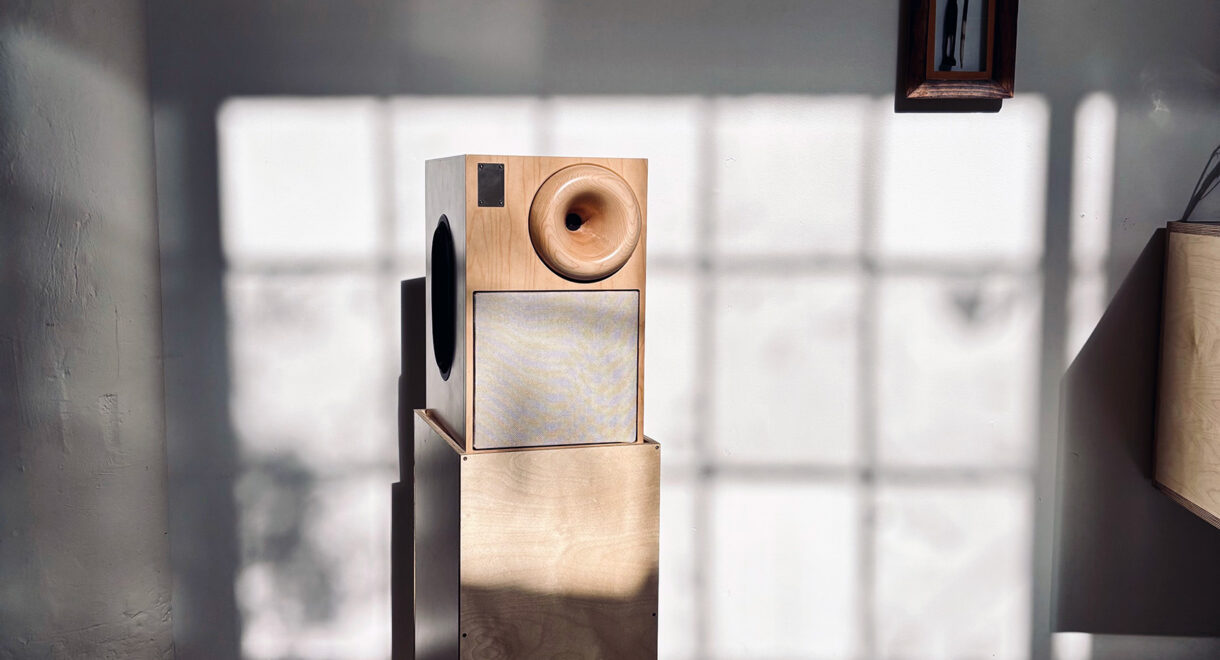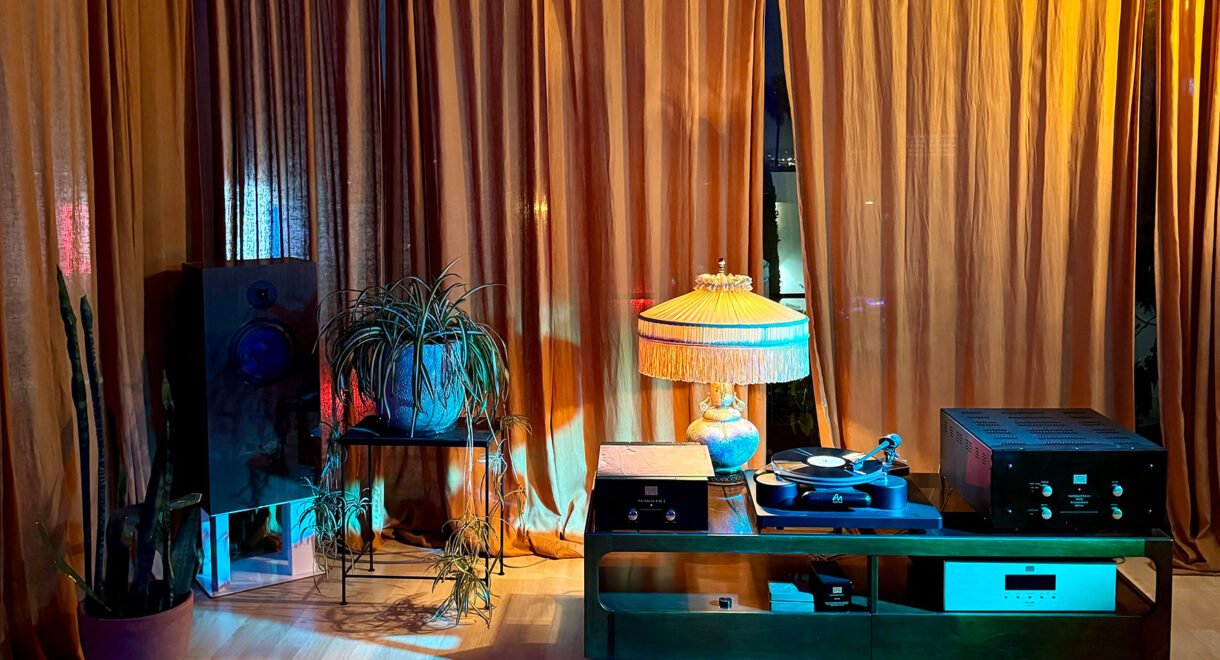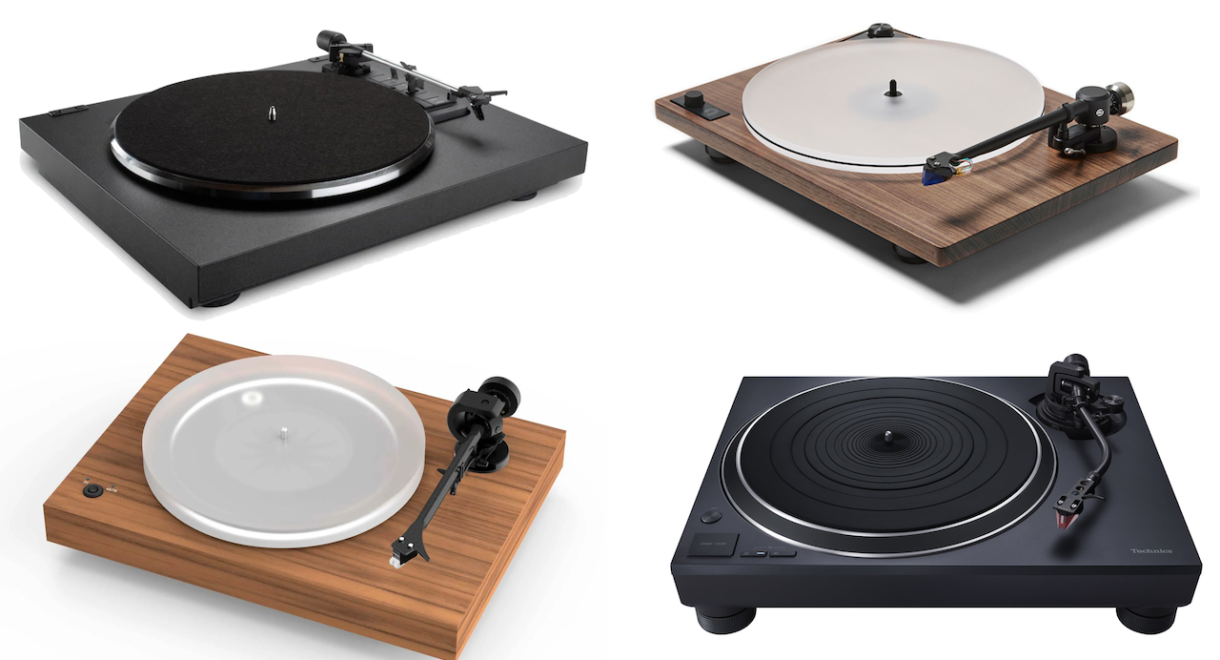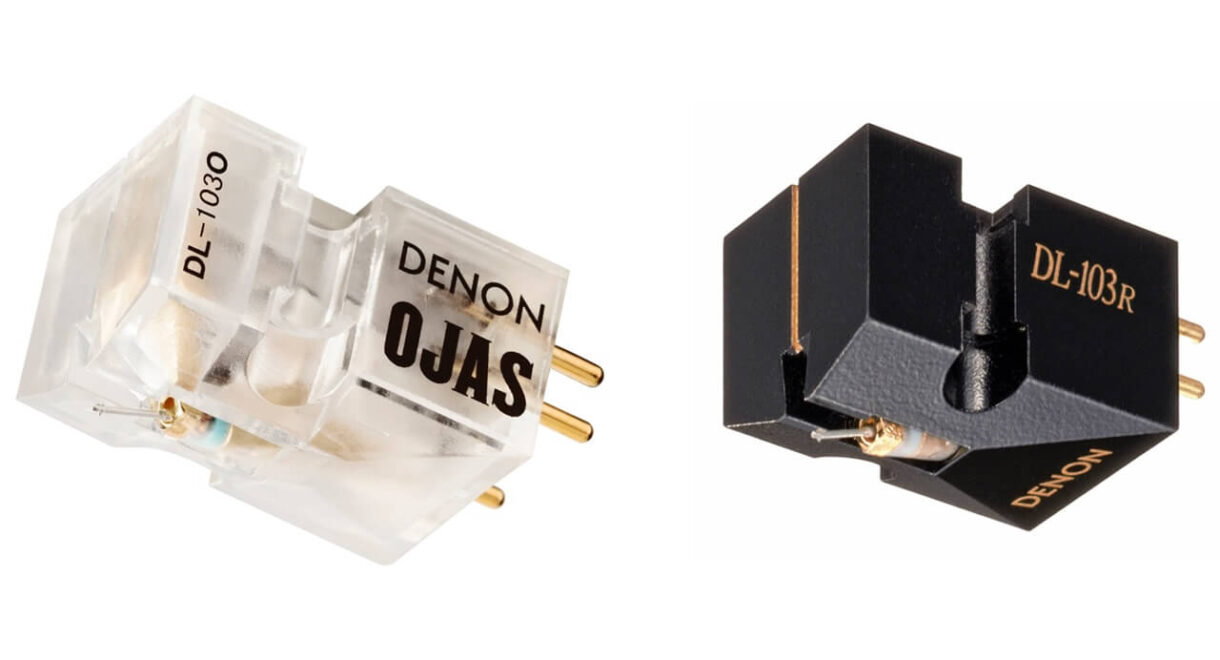Transparent clarity, deep bass, and “Invisible Sound” from German audio company ADS. Background: One of the lesser known hi-fi brands of the ’70s, ADS (Analog and Digital Systems) […]
How to Build a Klipsch or Wharfedale System for a Smaller Room: The Audiophile System Builder

Klipsch and Wharfedale speakers can work exceptionally well in smaller spaces with the right components.
Space. Not the final frontier but the amount of room that all of us have to play with in our homes. Klipsch and Wharfedale customers know all about that issue. Over the past 24 years, I’ve been fortunate to visit the listening rooms of about a dozen fellow reviewers in Canada and the United States – and almost all of them had one thing in common.
Not a single one was a completely dedicated listening room isolated from the rest of the house or apartment. Most of the listening rooms were typical dens, living rooms, or home office set-ups. None of the rooms were especially cavernous or horrible acoustic spaces. They were the types of rooms that most people actually share with spouses, children, pets, and stacks of books, records, and furniture. Real life.

A few are lucky to have a dedicated space that has been treated with acoustic treatments and doesn’t interfere with the day-to-day operation of a house. That wouldn’t be me. For the most part, I listen in my den, living room, home office, and dining room (one of the best acoustic spaces in our home). People enjoy listening to music while they eat. Or sitting at the dining room table late at night working. Most people have to work with what they have. That reality heavily influences what they buy.
Your room has a huge impact on the sound quality of your system. A smaller room can work really well if you make intelligent choices in regard to equipment and set-up.
Our Music Editor has put off improving her system for the past few years for that very reason. She recently purchased her first home and will be delving into this very topic this month. She is a vinyl-centric listener with a great ear and sizable collection.
When we were discussing her first series of audio reviews, the issue of space and creating a great sounding system for smaller rooms became the topic of conversation. For those paying attention on social media platforms – it is a topic that comes up quite frequently.
Your room has a huge impact on the sound quality of your system. A smaller room can work really well if you make intelligent choices in regard to equipment and set-up. My den is 16′ x 13′ x 9′ and I listen with the speakers positioned along the long wall and 8′ from my sofa. If your room is smaller than that — you are listening in a smaller listening space. A 10′ x 10′ bedroom or dorm room is a smaller listening space.
How you listen also matters.
System I: Klipsch Audio RP-600M

Klipsch recently released the new Klipsch RP-600M MKII, but having already sampled them — I’m going to direct you back to the original model which I think is superior. Think Coke Classic versus “New” Coke. You should be able to find a pair of the original still online or from a dealer and you will be sorry if you think “newer” model means better.
We have seen the original RP-600M for sale on Amazon for under $380 USD and that’s a steal for these loudspeakers. The Klipsch Audio RP-600M loudspeakers are amazing for a small room though they do benefit from some space behind them and solid stands. They can work on a credenza, but I found them too large for any bookshelf.
They are not very difficult to drive, but during their three-month visit in my den (16’ x 13’ x 9’) I discovered that their 96 dB (as quoted by Klipsch in its literature) sensitivity rating was being somewhat optimistic.
They are also somewhat restrained sounding by Klipsch standards. The horn-loaded tweeter can be too much if your amplifier or sources are too forward sounding but can also be quite civilized in a smaller listening space.
Before you look at their 6.5” Cerametallic™ cone woofers and begin to salivate over how much bone crunching bass they obviously create – lower your expectations. Their bass performance is on the more defined side and actually quite tight. Even in a smaller listening space, they need to be pulled away from the walls. Quality over quantity. What makes them so special at their affordable price point is the remarkable degree of presence that they deliver.
The choice of side dish will have an enormous impact on the sound quality.


The Heed Elixir or Schiit Audio Ragnarok 2 integrated amplifiers work especially well with the Klipsch RP-600M. The Heed has a better phono stage but lacks the Ragnarok’s internal DAC and superior headphone amplifier.
Neither amplifier has a forward sounding treble which is what you want with these loudspeakers. They both share a warm tonal balance and excellent pacing. The Heed will create a larger sounding soundstage with the RP-600M.
Vocals will be presented forward of the front baffle of the loudspeaker. Horns should have excellent energy without ripping your ears off. Emotional engagement with your favorite music will be exceptionally high.
Soundsystem Builder
- Klipsch Audio RP-600M Loudspeakers ($439 at Amazon)
- Heed Audio Elixir ($1,450.00) or Schiit Audio Ragnarok 2 Integrated Amplifier ($1,699.00 at Schiit Audio)
- NAD C 588 Turntable/Ortofon 2M Red ($999.00 at Crutchfield)
- Bluesound NODE Streamer ($599.00 at Crutchfield)
- Pangea Audio DS400 24” Loudspeaker Stands ($249.95 at Crutchfield)
- System Total: $3,735.95 – $3,985.95
System II: Wharfedale Diamond 12.1

Wharfedale likes to keep its loudspeaker line-up fresh and there is plenty to like about the new Diamond 12.1 (reviewed here) two-way loudspeakers. A pair of Diamond 10.1s get daily use in my home office so it’s fair to say that I’m a fan after all of these years.
The Diamond 12.1 are not particularly large loudspeakers (12.2″ H x 7″ W x 10.9″ D) but they’re a great match for smaller spaces on their matching ST-3 24” stands. They are also not especially hard to drive but they do sound better with between 35-50 watts.


Between the NAD C 316BEE and Cambridge Audio AXA35 integrated amplifiers, it’s hard to go wrong but I’m sticking with the AXA35 in this system because its tonal balance offsets the neutrality of the Diamond 12.1 better.
I own both amplifiers and swap back and forth a lot so don’t think I’m dismissing the NAD in any way. The NAD has a slight bump in the midrange that works incredibly well with more restrained sounding loudspeakers like the Q Acoustics 3050i and 3030i.
The 12.1 are not bass monsters but they do everything else so well for the price that it’s easy to forgive that crime of omission. Those about to move on because they can’t pulverize your room with bass – you’re making a rookie mistake. Quality not quantity.
And to flesh out the bottom octaves, I suggest adding a subwoofer with these excellent loudspeakers. But not just any subwoofer. REL’s latest TZero MKIII is their smallest subwoofer but don’t be fooled by its size. REL has always been about quality over quantity and all of their subwoofers do more than just add extended bass response to your system.

When you have it set-up properly, the REL will make the Diamond 12.1 sound larger, more transparent as you raise the volume, and expand the size and width of the soundstage.
The AXA35 includes a very competent MM phono stage that works well with high-output Ortofon, Audio-Technica, and Nagaoka cartridges.
Add the Andover Songbird/Schiit Audio Modi 3+ streamer/DAC combination and you’re done.
Soundsystem Builder
- Wharfedale Diamond 12.1 Loudspeakers ($449.00 at Crutchfield)
- Cambridge Audio AXA35 Integrated Amplifier ($399.00 at Cambridge Audio)
- REL TZero MK III Subwoofer ($499.00 at REL)
- Pro-Ject Audio Systems X1 Turntable ($999.00 at Turntable Lab)
- Andover Audio Songbird Streamer ($179.00 at Andover Audio)
- Schiit Audio Modi 3+ DAC ($129.00 at Schiit)
- Wharfedale ST-3 24” Loudspeaker Stands ($249.00)
- System Total: $2,903.00 USD
More Recommendations
Audiophile System Builder: Part 1 (Magnepan, Q Acoustics, Acoustic Energy, …)
Audiophile System Builder: Part 2 (Zu Audio, Omega Speakers, …)





